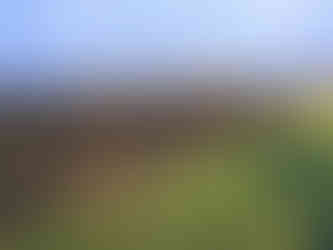Hedging our bets...
- Hatton Farm
- Nov 19, 2021
- 2 min read

Farming at Proper Good Dairy doesn't stop at the fields. We have over 12.5 kilometres (7 miles) of hedgerows on our farm. At this time of year they are turning a beautiful mix of autumn colours, and we look forward to the first leaves bursting as a sign of spring as the days grow longer again. Since the Dale family starting farming at Hatton Farm, just over 25 years ago, we have replanted a number of hedges which had been removed by previous land owners. Of course, they are also another vital tool for carbon capture, and another way we can help fight climate change.
Hedges are a familiar feature of our landscape but they more than just boundary markers and livestock shelter. They are an important habitat for birds, mammals and insects. There are a wide variety of plant species in our hedges - just one short stretch features oak, ash, elder, hawthorn, field maple, blackthorn, hazel, and sycamore. Elsewhere we also have crab apple, holly and dog rose. These hedges support important insects such as bees, butterflies and grasshoppers, which are vital pollinators. In the base of hedges you will also find beetles and caterpillars.
All of these insects of course also provide food for mammals such as bats, mice and hedgehogs, as well as birds including sparrows, wrens, robins and blackbirds. Through the winter, the berries on plants like blackthorn, elder, hawthorn and bramble are important food sources when there are fewer insects and the ground is too frozen to peck for worms.
Like most farmers we trim our hedges to keep them in good shape and stop them from getting straggly and thin in the base, but importantly we only trim them once every three years. This means that during the winter two thirds of our hedges have berries on for winter food. The pictures above show an untrimmed hedge, on the left, and a trimmed hedge, on the right. The only exception is the road side hedges, which we trim for safety - our country lanes are narrow enough without the hedges encroaching! We are only allowed to trim hedges between 1st September and 28th February so that we don't disturb the nesting birds.

















At Proper Good Dairy, sustainability isn't just about producing quality milk—it's about nurturing the entire ecosystem. With over 12.5 kilometers of hedgerows on our farm, we’re committed to enhancing biodiversity and reducing our environmental footprint. That’s why we also partner with Affordable Waste Management, ensuring our waste is handled responsibly, so we can focus on delivering fresh, organic milk to your table.